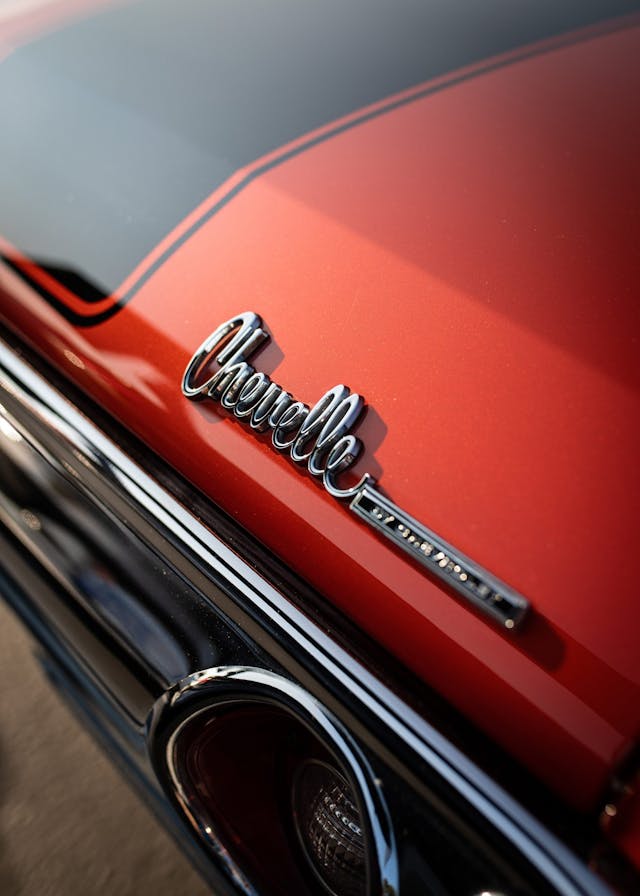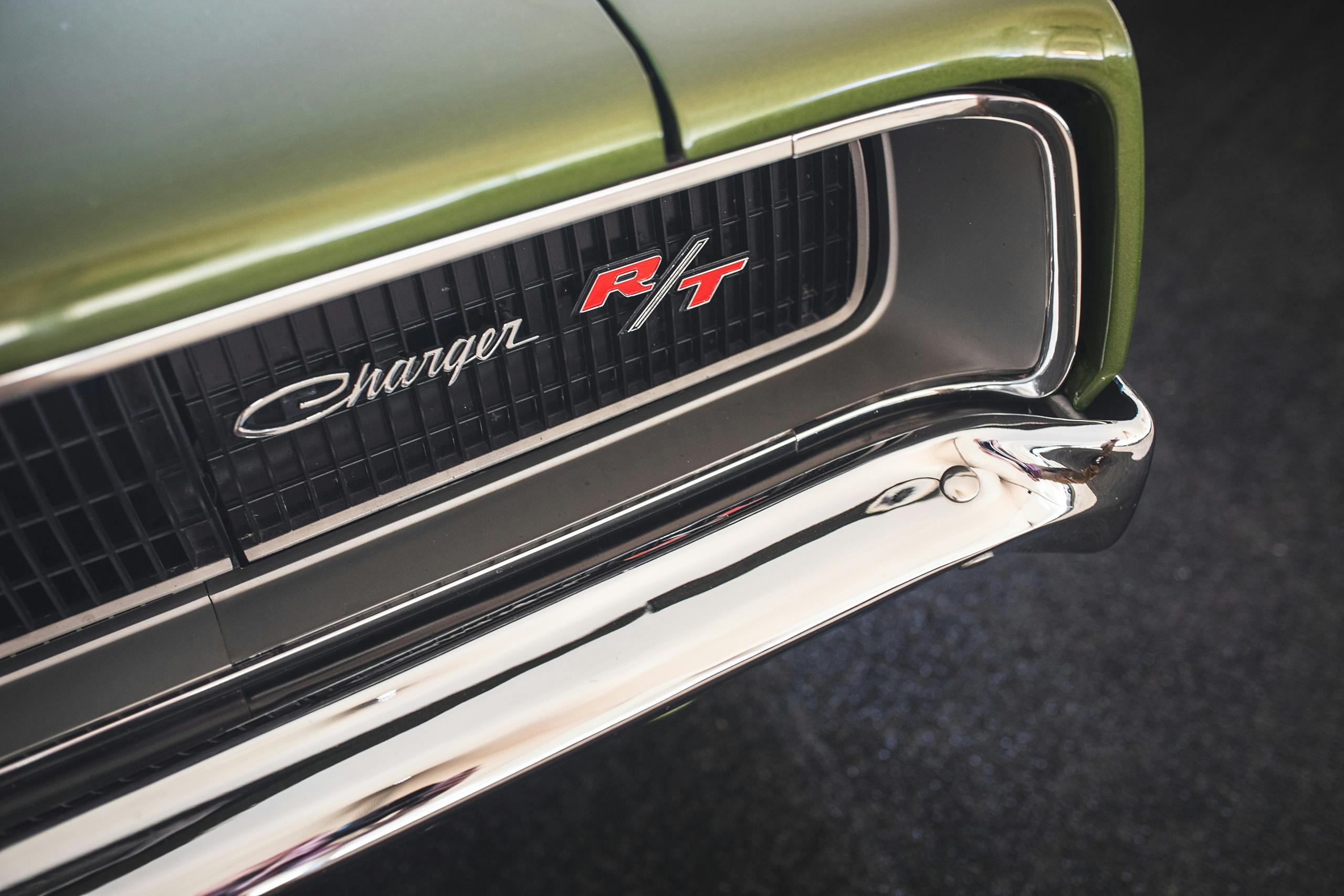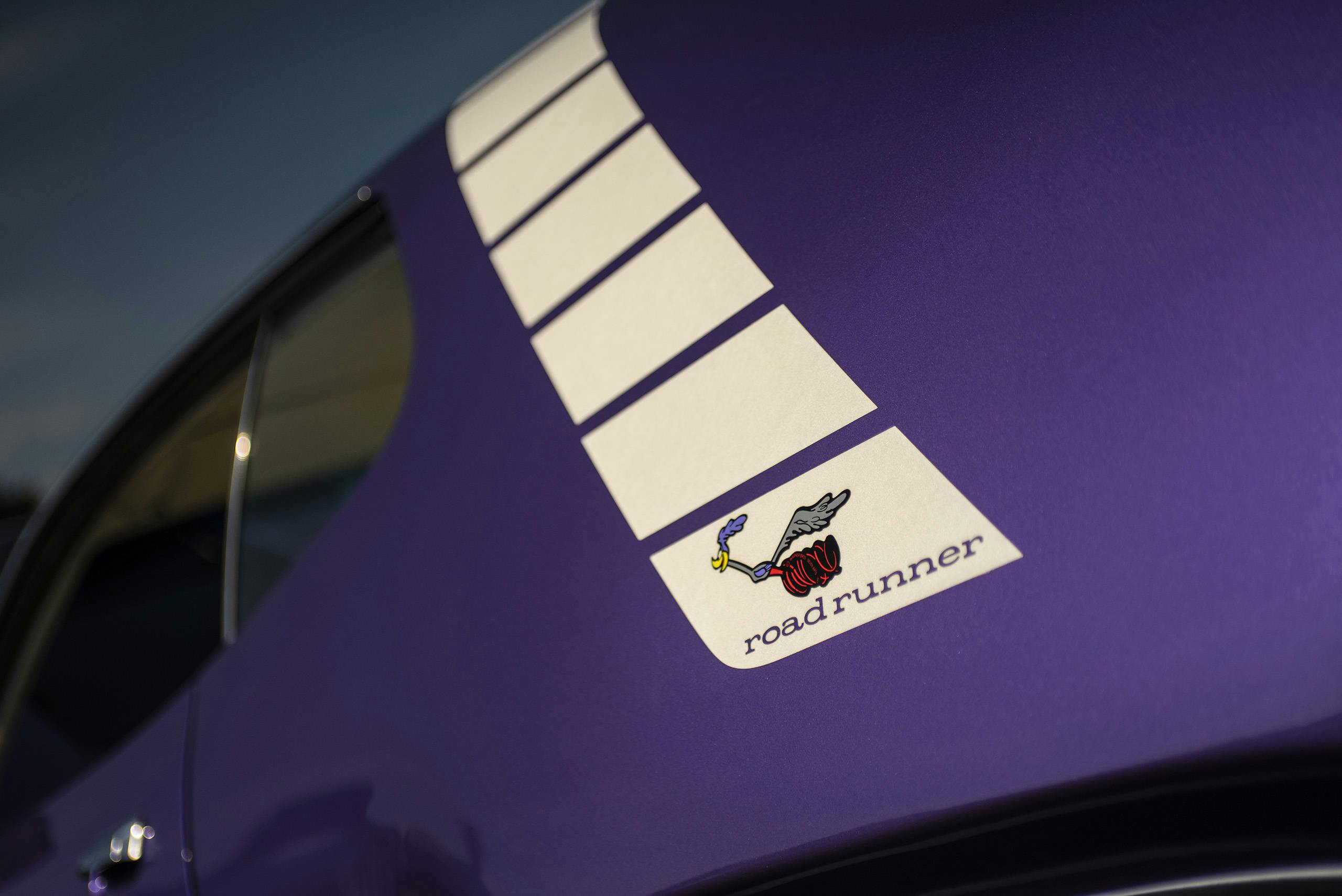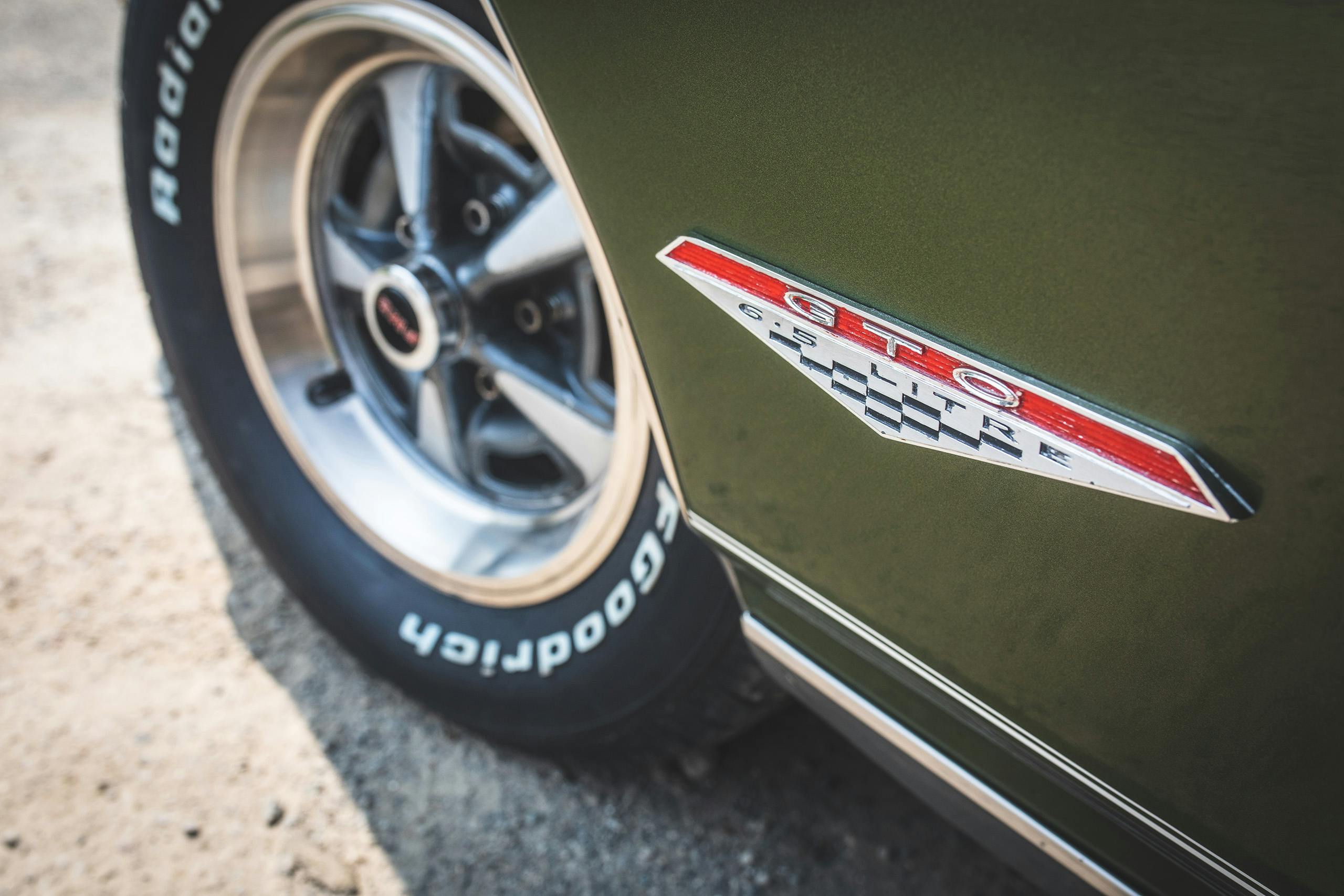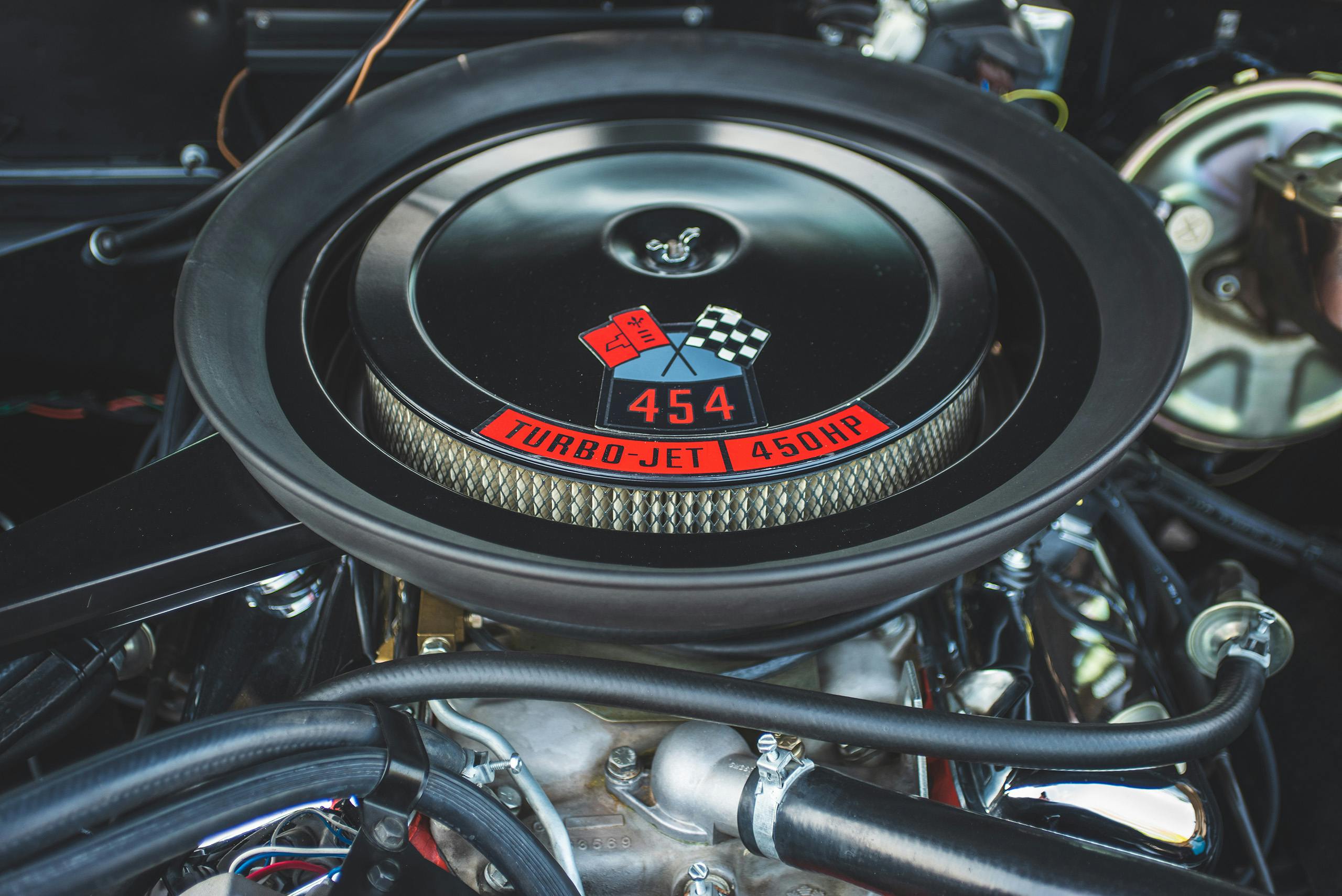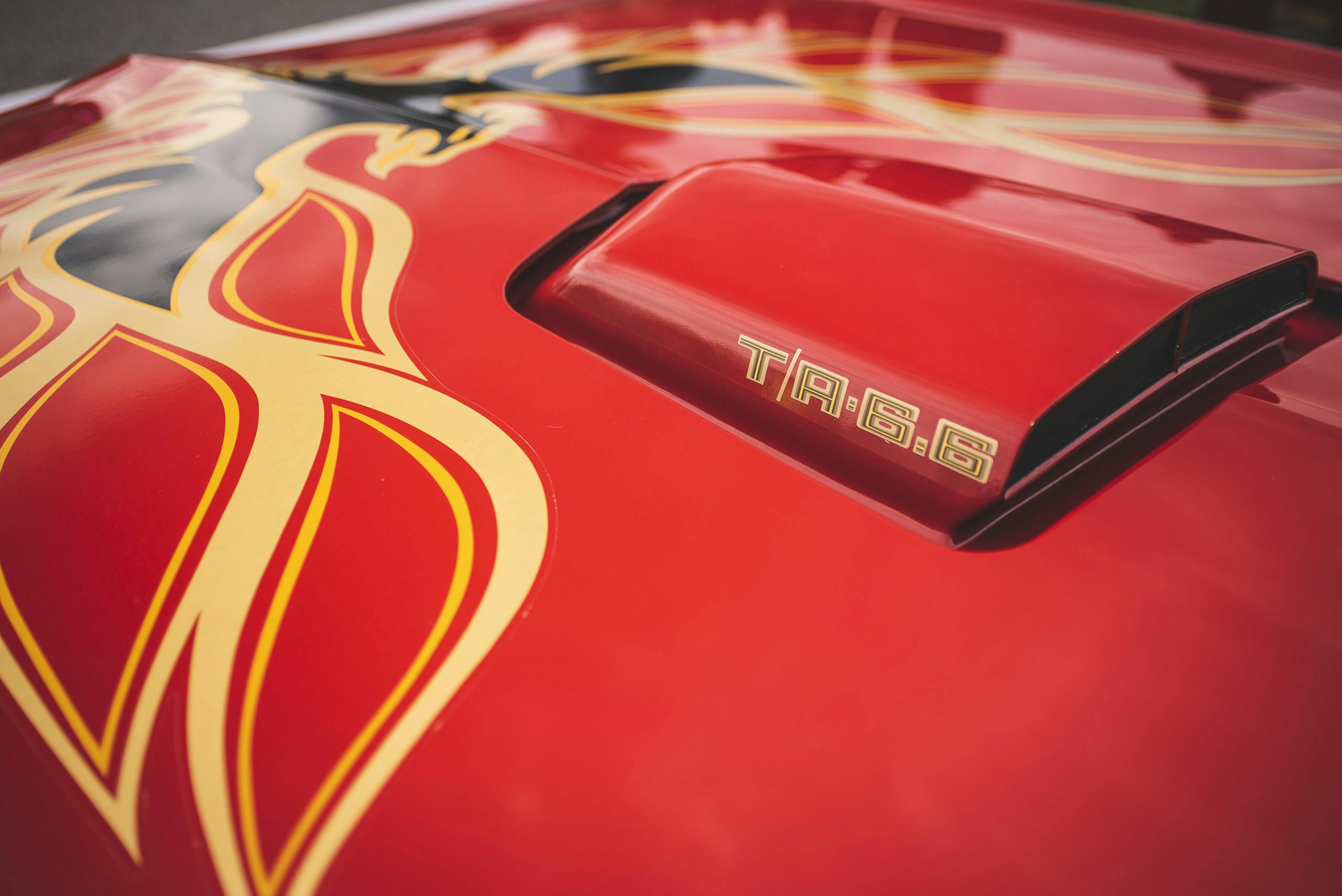Is this the last hurrah for muscle car values?
Muscle cars have long been subject to booms and busts. They hit their first peak in 1970, when practically every American make from AMC to Oldsmobile offered a coupe with a rip-snorting V-8. A few years later, amid the gas crunch, they couldn’t be given away. Collectors sparked buying frenzies in the ’90s and the 2000s that, ultimately, cycled into more dips and rebounds.
Yet none of that quite compares to this summer. Hagerty’s muscle car index has reached an all time high, and we’ve seen several top-tier cars attract spectacular seven-figure bids at auction.
The natural question is, How long can this last? Conventional wisdom would have you believe that another bust is only a matter of time, especially as the collectors who coveted these cars when they were new slowly leave the market. The actual answer, however, is more complicated.
Historic highs
First, let’s define “all-time high.” Our Muscle Car Index tracks the biggest movers and shakers of the market segment, such as the 1970 Chevelle SS LS6, Mustang Boss 429, and of course the Plymouth Hemi Cuda Convertible. Just about all these major cars moved upward in our latest pricing update. (The Hagerty Price Guide is revised every four months.) The one that shone the brightest was the Hemi Cuda Convertible. A stellar example of a ’71 Hemi Cuda Convertible was offered by Mecum Auctions back in May, and it brought a reported high bid of $4.8 million. That’s the highest price we’ve ever seen offered on a muscle car. Others, like 1970 LS6 Chevelles have yet to see anywhere near their pre-2008 prices, but we are still seeing the highest prices in 10 years or more.
There is, of course, a big difference between these six and seven-figure muscle cars and, say, a 289 Mustang. Yet the trends are, for the most part, quite similar. The latest update to the Hagerty Price Guide includes double-digit percentage increases for the likes of small-block first-generation Camaro Super Sports (up 14 percent), '70–72 C-code (289cid/200-hp) '65–66 Mustangs (up 10 percent).
The last big push?
Let's address the elephant in the room: baby boomers. They were the kids for whom these car were originally built, and they have been the driving force behind every spike in muscle car values. So what happens as these collectors decide it's time to downsize their collection, or drivability becomes more of a concern? Will this be the last high water mark?
Our insurance quote data, which can be used as a barometer for interest, says no. The most expensive muscle cars naturally skew older—there are only so many 30 somethings who can afford a million-dollar Mopar—but for bread-and-butter vehicles like '68–72 Chevelles and '67–69 Camaros, the majority of callers are Gen-Xers and millennials.
That's not to say focuses in collecting won't inevitably shift. Younger collectors dig muscle cars, but they also love 1980s German sedans and 1990s Japanese coupes. What happens when the people for whom muscle cars represent the red-hot center of their passion gradually age out of the market? Prewar cars may hold some of the answers we seek. If conventional wisdom held true, that later generations won't be interested in the cars of their fathers, then the prewar market must be rock bottom, right?
Actually, no. Ford Model As consistently rank among the top 10 vehicles Hagerty insures, right alongside the Ford Mustang. In the meantime, top-tier prewar cars like Duesenbergs and blower Bentleys maintain a following and are desired centerpieces of serious collections.
Driving a muscle car is something every car enthusiast should experience at least once in their life. Nothing compares to the grunt of a large displacement V-8 with no driver aids to keep the tires from going up in smoke. Or the smells of unburned high octane fuel emanating from as set of dual tailpipes. For many of us—and not just the ones who remember watching the Beatles perform on The Ed Sullivan Show—muscle cars represent a golden age when manufacturers made cars the average enthusiast wanted and could actually afford.
That sentiment, ironically, is likely to keep muscle cars expensive for some time. Chances might be good that top-tier muscle cars may settle down at some point. Their highly volatile nature in the market has shown this has happened before. But staples like Camaros, Mustangs, and Chevelles have enough interest from younger buyers that it is safe to say they'll hold their ground, even as new segments like Japanese sports cars join the ranks of desirable collectibles. Just like the Model A, muscle cars will always be there for an enthusiast ready to make that leap to "collector."
